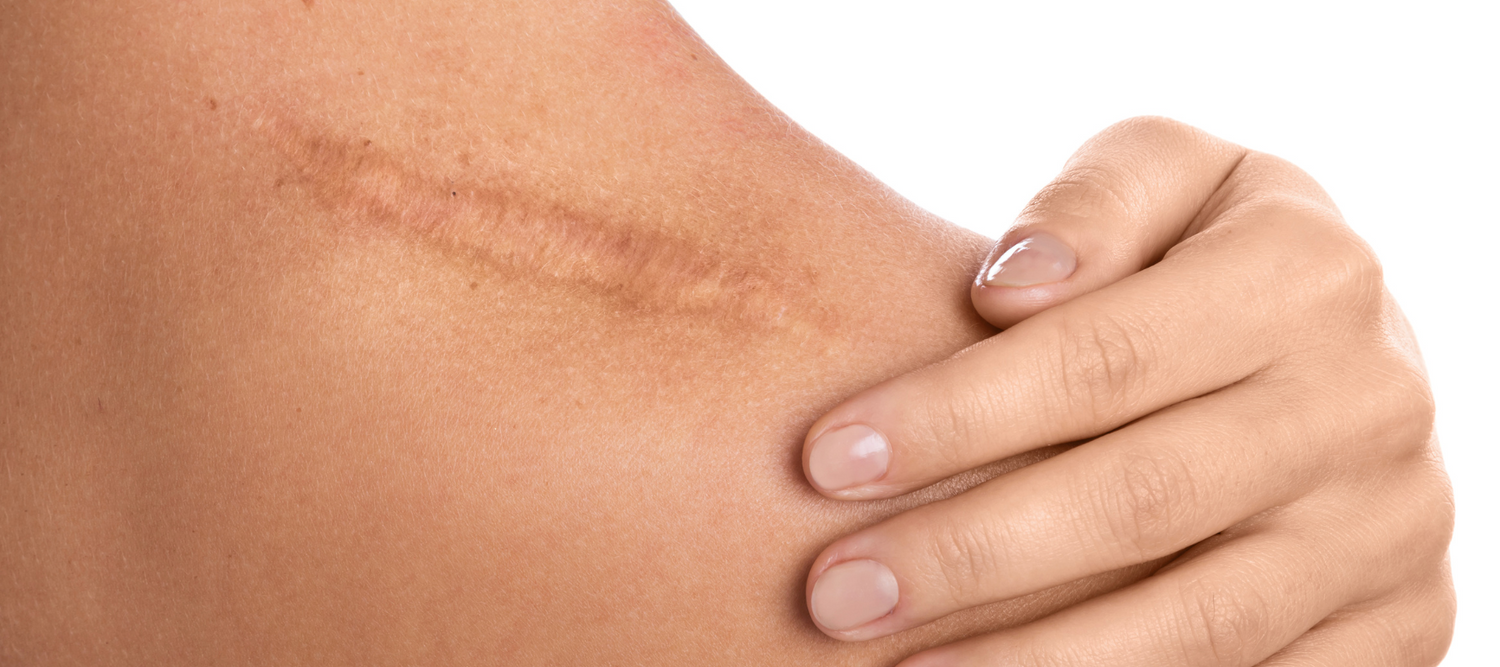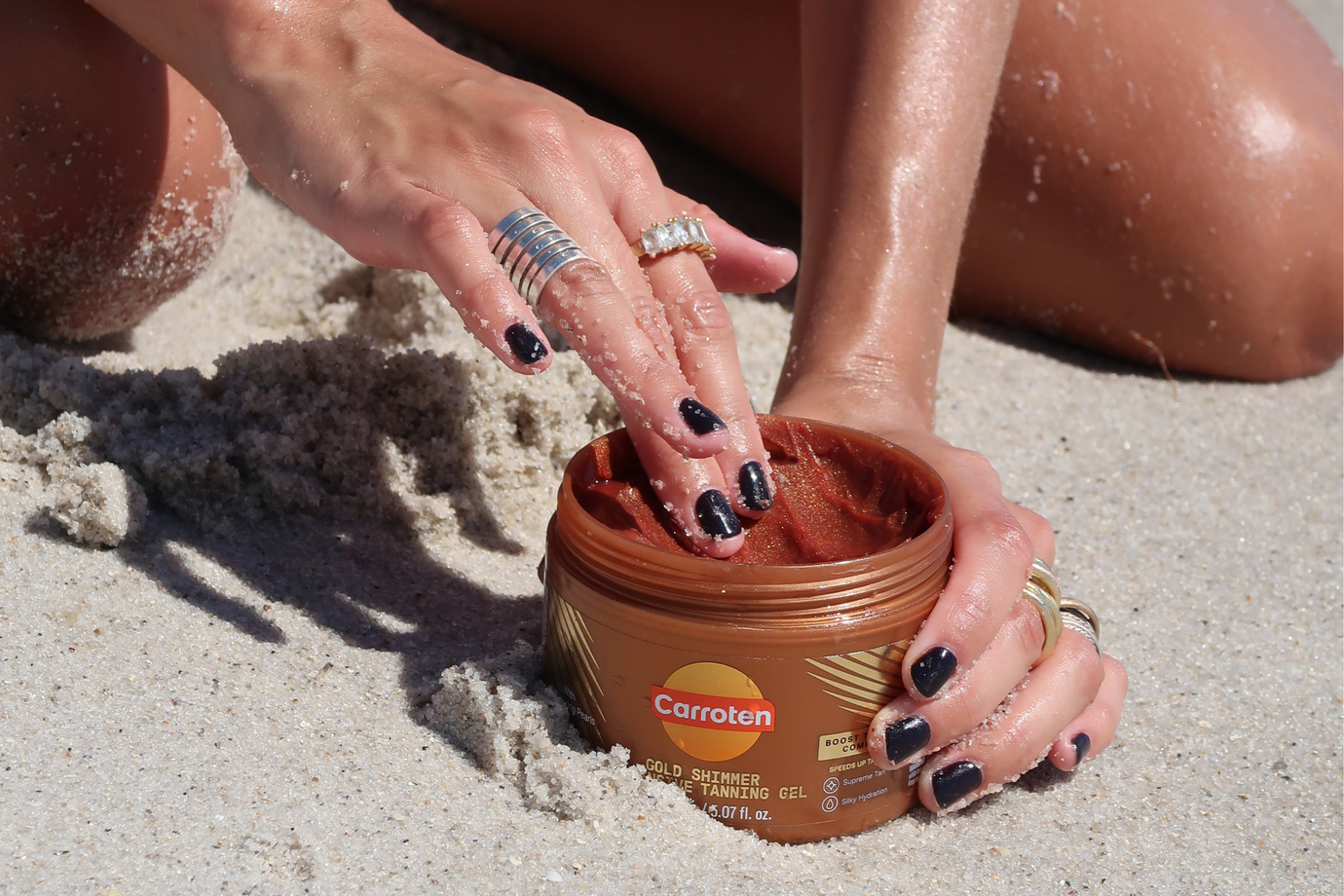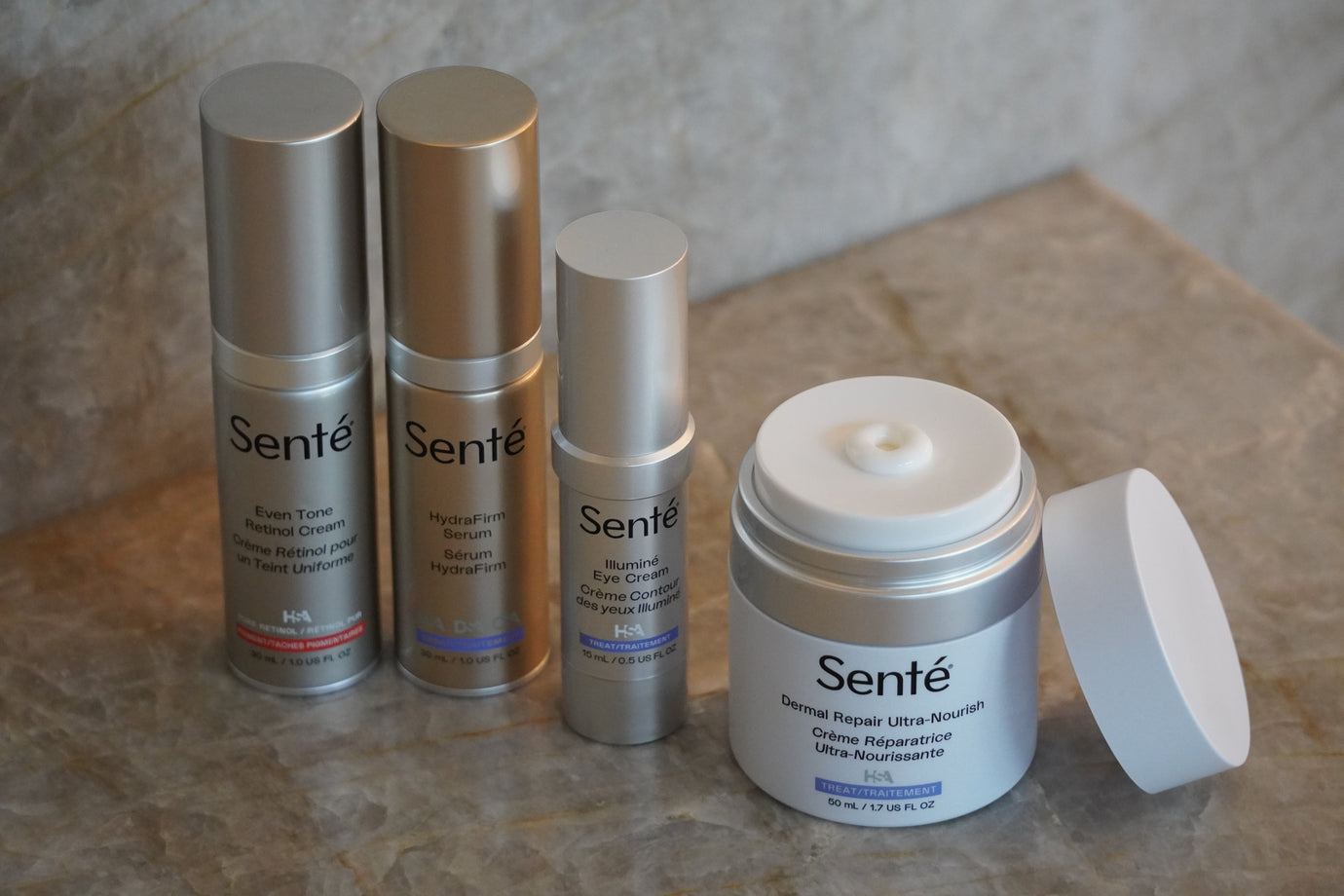HOW TO HEAL YOUR SCARS

Scars can be a result of an injury, surgical procedure, disease, or acne. Although they don't cause pain or health issues, they can contribute to significant emotional stress depending on their location. Scars can be challenging to look at everyday due to the reminder of the past trauma you had to endure. If you feel your self-esteem has taken a hit due to your scars, you're probably looking for a solution to reduce their appearance and make them disappear.
In this blog post, I’ll cover some tips on taking care of your scars. These tips can help you heal and disguise your current scars or any future ones you may get! Let's get right into it.
How Does a Scar Appear?
The first thing to know is that scar formation is a normal part of your body’s healing process. When the skin is injured, collagen production goes into overdrive to fix the wound as fast as possible, this healing tissue doesn't contain all of the standard skin parts, so it looks slightly different.
Collagen and other nutrients rush to the wound site to rebuild the skin as quickly as possible. Sometimes your body produces too much collagen, making it appear thicker than your normal skin. The excess collagen causes the scar to rise above your average, undamaged skin level.
How big or deep your scar is depends on several factors. The shape, size, and depth of the wound contributes to how a scar looks, as well as the amount of blood that can get to the area, your skin color, and your skin thickness.
Some people produce so much collagen that they develop a type of hypertrophic or keloid scar that can extend far beyond the original wound, creating a deeper scar.
Types of Scars
Normal
Scars that appear relatively thin, small, and flat on the skin.
Hypertrophic
Scars that appear red, thick, and raised on the skin.
Keloid
Scars that appear raised, often dark or red, and unlike hypertrophic scars, expand beyond the contours of the actual wound.
Taking Care of Your Scars
The key to making your scars less visible is to help decrease your body instinct to heal the scar. There are specific steps to take and main mistakes to avoid when helping your body heal your skin with as little scarring as possible.
Get Stitches
Cuts that are deep or spread apart often heal better when stitched by a medical professional. Remember that stitches must be sewn as soon as possible while the injury is fresh. If too much time elapses, the wound may become contaminated with germs and/or bacteria.
Avoid the Sun
Keeping the scar away from sunlight can help minimize discoloration.
Invest in a Scar Cream
Not all creams focus on healing scars. A good scar cream focuses on keeping your skin hydrated and advances the healing process to reduce the appearance of scars and discoloration. The revolutionary Biocorneum Advanced Scar Treatment is the best scar cream on the market.
How Biocorneum Scar Treatment Works
The Biocorneum Advanced Scar Treatment features a silicone sheet in an easy-to-use gel form. This cream focuses on hydrating the scarred area and allows the scar to mature through normal collagen synthesis cycles, improving the overall scar appearance.
They also feature a patented silicone formulation that flattens, smooths, and softens the scars. It helps relieve itchiness and reduce discoloration as well as pain and discomfort.
Biocorneum also has a unique FDA-cleared form of medical-grade silicone in gel form along with SPF 30 sunscreen to prevent your scar from darkening with sun exposure. How amazing is that! The product is truly an all-in-one in your scar treatment journey.
Biocorneum is ideal for treating scars on large areas of skin, joints, the face and neck, chest, and hands.
This product is excellent because it can mainly focuses on preventing and minimizing the appearance of hypertrophic (raised, red) scars and keloids. It can also be used on scars resulting from surgical and cosmetic procedures, trauma, wounds, acne, and burns.
The scars also don’t have to be new in order for the treatment to work. Scars can be old or new and Biocorneum still is equally as effective on them. The treatment time varies on how long you’ve had your scars. The recommended minimum treatment time for new scars is 60 days. For older scars, it's 90 days.
Your scar doesn't have to haunt you forever or be a daily reminder of an imperfection. I know some scars can be brutal to deal with daily, but if you have been reading my previous blogs, you know I always have a great solution for you! These treatments are proven to work effectively but safely. The best of both worlds!





